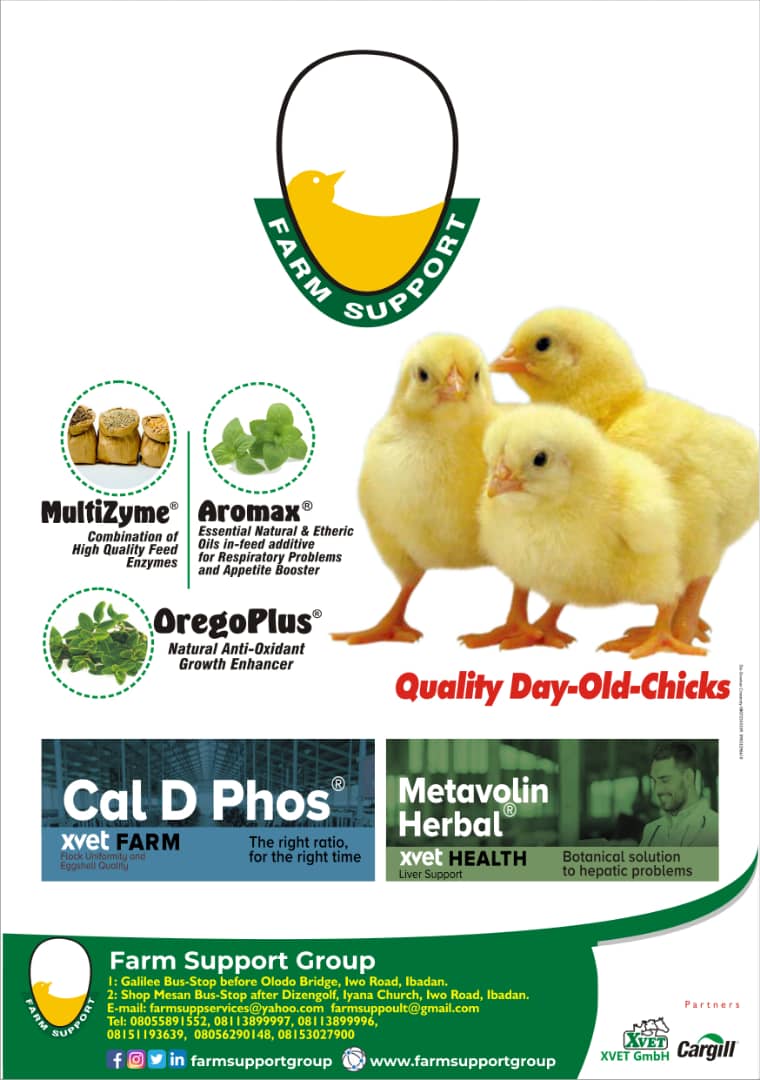New Eco-friendly management of the dreaded Fall Armyworm of Maize in Nigeria
 Learn More
Learn More
ECOSYSTEM according to convention on Biological Diversity means “a dynamic complex of plant, animal; and micro-organism communities and their non-living environment interacting as a functional unit”. Fall armyworm (Spodoptera frugiperda) is an invasive-alien insect pest that invaded Nigeria and other African countries and Asia beginning from 2016 and the cereals production especially Maize (Corn) production have not remained the same. The challenges of managing this insect pest has led to the use of various pesticides both conventional and non-conventional in the management of the pest.

However, in the management of the pest, managing of the environment and ecosystem have to be brought into front burner. Fall army worm (Spodoptera frugiperda) belongs to the family noctuidae and order Lepidoptera. Lepidoptera are moths and butterflies. However, most of cereals pests and pest of other crops in Nigeria even before the advent of Spodoptera frugiperda are moths from the order Lepidoptera. These include but not limited to Sesamia calamistis, Eldana saccharina, Busseola fusca, Coniesta ignefusalis, Agrotis spp., Achaea lienardii, Cryptophlebia leucotreta, Ophideres fullonia, Earias biplaga, Earias insulana, Ephestia cautella, Plodia intertpunctella, Sitotroga cerealella and soon. Some are stem borers, while some are fruit borers and some are stored product pests.
READ ALSO CATTLE REARING, HOW TO MAXIMIZE YOUR PROFIT THROUGH MINIMIZING YOUR COST OF PRODUCTION
Also there have been other species of armyworms in Africa before the advent of Spodoptera frugiperda such as Spodoptera litoralis, Spodoptera exempta and Spodoptera exigua. Other known genus or species of armyworm not yet reported in Nigeria include Pseudaletia unipuncta and Spodoptera ornithogalli. Armyworms like other Lepidoptera have complete metamorphosis. It is the larvae otherwise called caterpillar that are destructive. Larvae commonly migrate in groups at night to new feeding areas.
READ ALSO What the Minister of Agriculture Said on Vaccination Policy for Bird Flu Control in Nigeria
It is in a bid to control these larvae that farmers employ the use of synthetic pesticides which are not only hazardous to the environment but to the entire ecosystems. Some of the pesticides can last long in the environment, while some that do not last long are very toxic and they can cause damage to humans and biotic components of ecosystem due to the use of overdose, lack of technical competence in the application or due to drift. Also, some are expensive especially to resource constraint African farmers.
ATTENTION: Click “HERE” to receive More updates directly on your WhatsApp!
Effective economic smart method of managing this pest is the use of botanicals. Some of the botanicals that can be used include Vernonia armygdalina (Ewuro), Spondia mombin (Ewe iyeye), Jatropha curcas (Ewe lapalapa), Ficus exasperata (Ewe Ipin), Vitelaria paradoxa (Ewe emi), Petivera aliaceae (Ewe zoro), and Rauvolvia vormitora (Root and leaves) (Ewe ati gbongbo asofeyeje), Senna alata (Ewe Asuwon). One to two (1-2) kilogrammes of these botanicals in five to ten liters (5-10L) of water soaked for 48 to 72 hours (2 to 3 days) or boiled at 100oc for 30 minutes to one hour will give good results.
The management will not just control the insect pest but they are also eco-friendly. They are not hazardous to human health and environment and ecosystem in general.







![NiMet Predicts Late Onset Of Rainfall Across Nigeria In 2024 [Check Details]](https://worldfarmerscentre.com/wp-content/uploads/2024/02/images-2024-02-21T091823.034-218x150.jpeg)
![Nigerian states with fastest-rising food prices now [See list]](https://worldfarmerscentre.com/wp-content/uploads/2023/02/images-1-218x150.jpeg)





